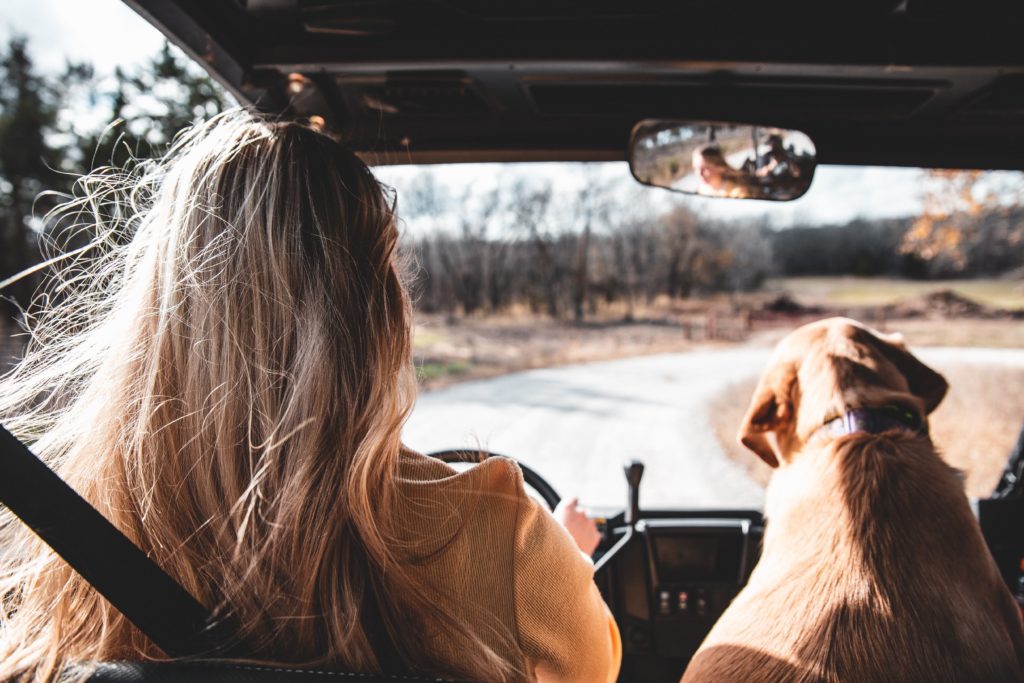Planning the Journey with Arrive Alive
What you will pack for the road trip and how you will pack depends on how far you are to drive and the reason for your travels.
There is a multitude of factors affecting the roadworthiness of your vehicle. These include tyre pressure, suspension, visibility through the windscreen, braking ability, oil etc. We however often neglect to recognize that how we pack for that road trip could affect our car’s ability to drive safely on the road.
Drivers should be aware of the risks of overloading their vehicles – not only for the damage it might cause to the suspension and tyres but also for the threats to road safety such as reduced driving performance, increased stopping distance etc.
To help you arrive at your destination safely, Arrive Alive is taking a closer look at how the basics of packing a vehicle more effectively can allow us increased safety on the road.
Start Packing with Thoughtfulness
It is best to pack most of our luggage the evening before we depart. This will prevent the thoughtless jamming of luggage into the vehicle when everyone is in a rush.
Bikers have a saying – Dress for the Fall – Not for the Ride! When packing the vehicle it is also good to consider the question “what can go wrong?”
- Consider how you will get to the spare tyre or an emergency kit should there be a roadside emergency!
- Remember: Last in, first out. Organize items in the order they will or may need to be accessed.
Vehicle Specifications, Packing and Obeying Rules of the Road
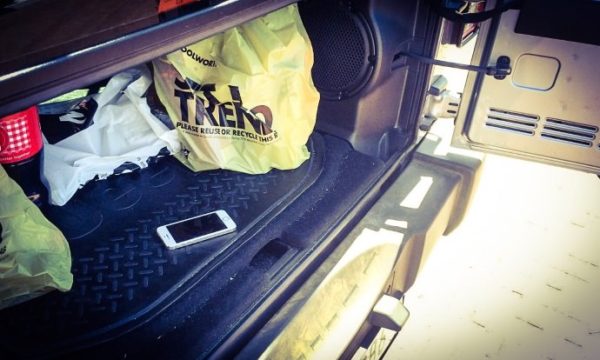
We always advise drivers to ask 3 questions before they overtake another vehicle. Is it Legal, Is it Safe and is it Necessary? The same can apply to when you pack your vehicle for the road trip.
- The Rules of the Road cannot be compromised -They must be obeyed.
- The safety of passengers and adhering to seatbelt/child car seat laws must be the first priority before considering where to pack luggage.
- Consider first which items must by law be inside your vehicle – such as the emergency triangle.
- Also the Rules of the Road with regards to using your mirrors and being able to use at least 2 of the mirrors.
- Know the height and width limitations for packing any luggage on top of your vehicle or extending beyond the vehicle.
- Know your vehicle’s weight limit. Adding weight can affect the performance and handling of your vehicle.
- Never exceed the Maximum Authorised Mass (MAM)/Maximum Permitted Weight (MPW) for the car. This is the maximum allowed based on the capability of the chassis, tyres and suspension. It includes everything in and on the car (the payload), the driver and passengers.
- You can find the weight limit for your car on the ‘VIN plate’ under the bonnet or in the handbook.
- Ensure that added cargo inside or on the roof doesn’t push your car over its maximum legal weight limit.
- Read the owner’s manual lists and specifications on the vehicle’s weight limit or the recommended tyre pressures.
Packing luggage on the Roof
Many drivers are using the roof / roof-racks as a way of carrying very large or awkward items. There are however some important warnings to consider :
- Not all vehicles are created equal – Consult the owner’s manual on what is appropriate or not.
- Be aware that roof loads increase the drag on the car as well as adding height and weight.
- Items on the roof should be stored in a securely attached roof box, respecting the weight restrictions of the car.
- It’s generally better to carry bulky but light things on the roof and heavy items inside the car.
- Safely secure any load carried on the roof of the vehicle.
- If you are using rope/ straps or hooks ensure that they remain fastened every time you make a rest stop.
- Check your vehicle’s height with the roof rack packed before you hit the road.
- Keep a note on the dashboard of your vehicle’s new height for when you need to travel under an overpass or through a tunnel.
Packing for Safety on the Road
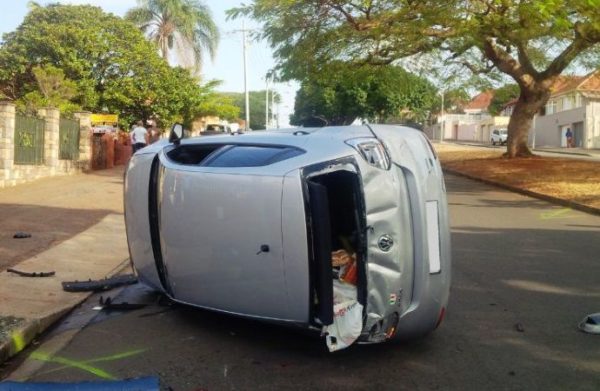
Good advice on what to Do:
- Pack large, heavy items at the bottom of the boot, keeping them as far forward as possible to keep the centre of gravity low and optimize weight distribution.
- Packing heavy luggage low and tight can decrease their penetrating power in a road crash
- Avoid packing above the line of the back seats as this will obscure your rearview.
- Packing suitcases and duffle bags higher than the back seat can be dangerous. Not only does it decrease visibility, but it also puts passengers at risk of a serious injury in a collision.
- If you must use the full height of the boot, invest in a net or other protective screen/safety partition to prevent items from flying forward.
- Pack smaller items into boxes and strap down larger ones using the car’s cargo anchors.
- Empty boxes or plastic crates can be useful in the boot to stop smaller loads from sliding around
- Make sure items from the cargo section will not strike passengers in an emergency situation
- Remain focused on the importance to have a clear vision for the road and other road users. Poor visibility contributes to many pedestrian deaths and road trauma.
- You need a clear line of sight through your front windshield and side mirrors, and if possible through your rear-view mirror and rear window.
- An obscured rear window makes driving difficult and creates considerable risk when reversing. Without rearward visibility, there is no telling what you might crash against.
- Consider using spaces beneath passenger seats, as well. The better you can distribute your luggage weight, the better fuel consumption and better vehicle handling you will have on the road.
Things to Avoid:
- Avoid using the inside of the passenger area for storing your luggage. Under emergency braking at 50 km/h, loose items can have a force of up to 50 times their weight.
- Guard against loose objects becoming projectiles – Even if your suitcases are stowed safely beneath the seat line, avoid placing objects such as laptops, books and cell phones in places where they could become projectiles during a collision.
- People are frequently hurt, or killed by flying objects such as sports equipment during a road crash/vehicle rollover.
- Keep the area around the driver’s feet clear. Loose items are distracting – and dangerous if, during an emergency, they slide beneath the driver’s feet and keep the pedals from working properly.
Packing with a Focus on Passenger Safety and Comfort
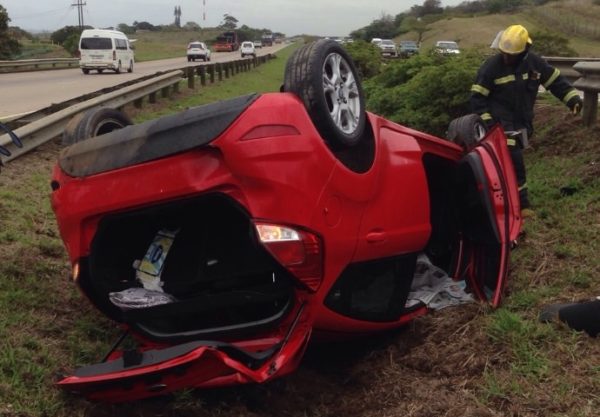
When packing, always consider the safety and comfort of passengers that travel with you – Both human or animal.
- Passengers and their safety always come first.
- Passengers must be able to wear their seatbelts and children restrained in car seats for children.
- Remember last in, first out: Have within easy access essential items that you may need during the journey – such as food, drinks, diapers, medicine or entertainment for your kids.
- Keep a travelling medicine chest within easy reach inside the car.
- Your emergency medical kit could include Band-Aids, anti-bacterial ointment, motion sickness medication, frequently used over-the-counter medications, and all medication used by the family.
- Always have a bottle of water and healthy, energy-boosting foods to avoid dehydration and drowsiness.
- Have plenty of wipes and hand sanitiser ready.
- Pack plastic trash bags to keep the environment clean.
- Have a flashlight handy in the glove compartment or console.
- Never travel with unsecured pets in the car – use appropriate safety harnesses or travel crates.
Adjusting Driving Style
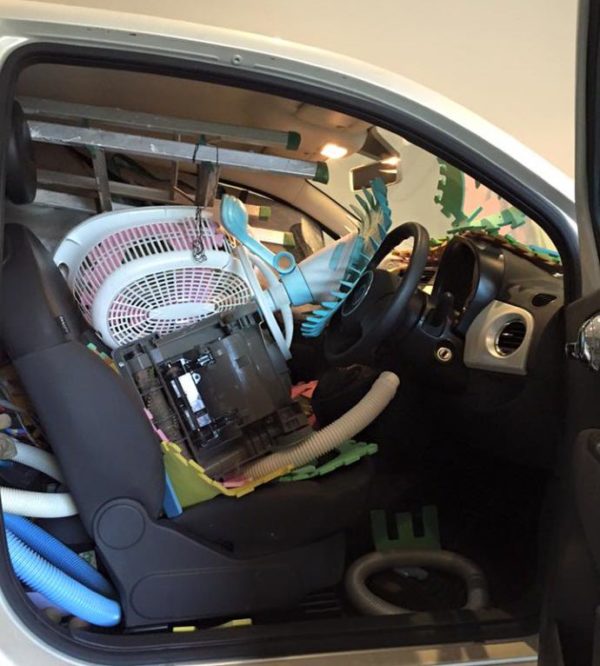
The driver of a well-packed and fully-loaded vehicle must be able to adjust his driving style to ensure safety on the road:
- Driving with a fully-loaded vehicle affects the power and manoeuvrability of the vehicle.
- A fully-loaded vehicle will require a greater distance for the driver to bring it to a stop.
- Increase the following distance from the vehicle ahead.
- Increase vigilance / alertness. Passengers and baggage can lead to an increase in distractions and reduced visibility.
- Remain alert to the risks of blinding other road users – A fully loaded trunk may cause the back of the vehicle to sag and tilt your headlights too high, blinding oncoming road users.
- If you’re carrying heavy cargo, consider getting your headlights adjusted slightly downward.
- Share roads responsibly with increased alertness to checking blind spots, mirrors and using turn signals when passing, changing lanes and merging.
Next time before you start the journey, take a few moments to consider whether everything is safely secured! The thoughtful driver is a safer driver!
If you’d love to learn more, here’s an informative video by Arrive Alive that shares the basics on how to pack your vehicle:
Pictures/Video: Supplied by Arrive Alive

